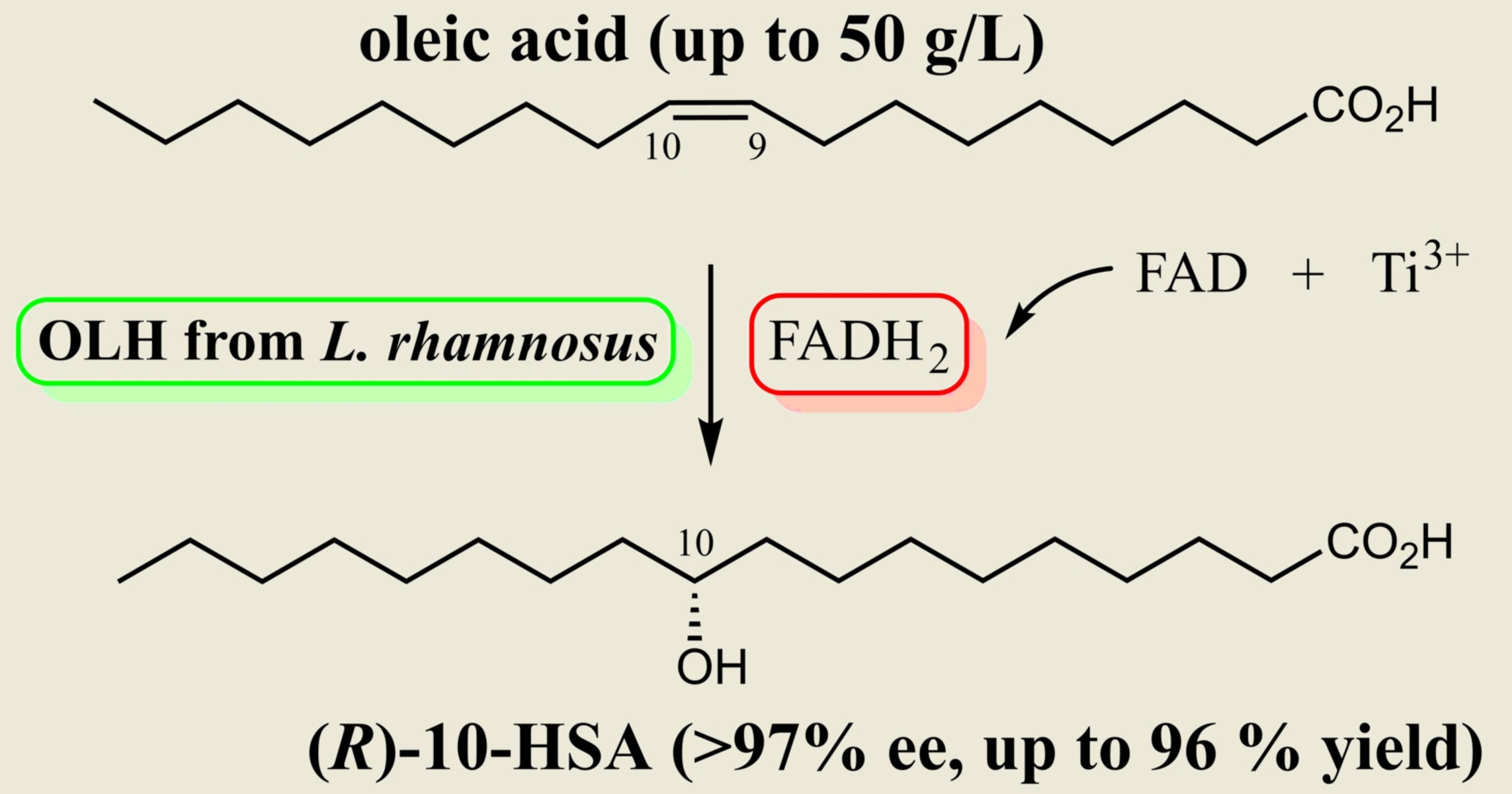
Key Takeaways:
- Fadh2 is a superhero in our cells, helping to produce energy and keep us going. It’s like a delivery person, carrying high-energy electrons and protons to make ATP, the cell’s energy source.
- Without enough Fadh2, our bodies can have trouble breaking down fats and making energy. It’s like missing a key ingredient for a recipe, which can lead to metabolic disorders and health problems.
Fadh2 Plays a Vital Role in Cellular Respiration
Fadh2, also known as Flavin Adenine Dinucleotide (reduced form), is a crucial molecule involved in the process of cellular respiration, specifically in the electron transport chain.
Fadh2 Transfers Electrons to the Electron Transport Chain
One of the key functions of Fadh2 is to transfer high-energy electrons to the electron transport chain, which occurs in the inner mitochondrial membrane.
Fadh2 is Formed During the Krebs Cycle
During the Krebs cycle, also known as the citric acid cycle, Fadh2 is produced through the oxidation of succinate by the enzyme succinate dehydrogenase.
Fadh2 is an Important Carrier of Electrons and Protons
As Fadh2 transfers electrons to the electron transport chain, it also carries protons across the mitochondrial membrane, contributing to the establishment of a proton gradient.
Fadh2 is Essential for ATP Production
The transfer of electrons by Fadh2 in the electron transport chain ultimately leads to the production of ATP, the primary energy molecule utilized by cells.
Fadh2 is Regenerated in the Electron Transport Chain
After transferring its electrons, Fadh2 is converted back to its oxidized form, Flavin Adenine Dinucleotide (FAD), by the enzyme complex succinate dehydrogenase.
Fadh2 is Involved in Lipid Metabolism
Fadh2 plays a role in fatty acid oxidation, a process essential for the breakdown of fats and the generation of energy.
Deficiency in Fadh2 Can Lead to Metabolic Disorders
Genetic mutations affecting Fadh2 production or function can result in metabolic disorders such as multiple acyl-CoA dehydrogenase deficiency (MADD) and glutaric acidemia type II.
Fadh2 is Found in Both Plant and Animal Cells
Fadh2 is not exclusive to a particular organism. It is present in both plant and animal cells, contributing to the energy production of various organisms.
FAQs
1. What is FADH2 and why is it important?
FADH2 is Flavin Adenine Dinucleotide (reduced form), which plays a crucial role in cellular respiration by acting as an electron carrier in the electron transport chain.
2. How is FADH2 produced?
FADH2 is produced during the Krebs cycle, where it contributes to the generation of NADH and ATP.
3. What role does FADH2 play in energy production?
FADH2 is involved in the production of ATP, which is the primary energy currency of cells.
4. Is FADH2 a vitamin?
No, FADH2 is derived from vitamin B2, also known as riboflavin. It is a coenzyme derived from this essential vitamin.
5. How does FADH2 contribute to redox reactions?
FADH2 participates in redox reactions by accepting and donating electrons, facilitating the transfer of energy.
6. Can FADH2 be regenerated by enzymes?
Yes, FADH2 plays a crucial role in regenerating enzymes involved in metabolic pathways.
7. What happens to FADH2 during cellular respiration?
FADH2 ultimately transfers its electrons to oxygen, leading to the production of water.
8. Can a deficiency of FADH2 impact cellular health?
Yes, a deficiency in FADH2 can disrupt cellular processes and impact overall health.
9. Are there any dietary sources of FADH2?
FADH2 is derived from vitamin B2, which is found in various food sources like dairy products, eggs, meat, and green leafy vegetables.
Was this page helpful?
Our commitment to delivering trustworthy and engaging content is at the heart of what we do. Each fact on our site is contributed by real users like you, bringing a wealth of diverse insights and information. To ensure the highest standards of accuracy and reliability, our dedicated editors meticulously review each submission. This process guarantees that the facts we share are not only fascinating but also credible. Trust in our commitment to quality and authenticity as you explore and learn with us.
